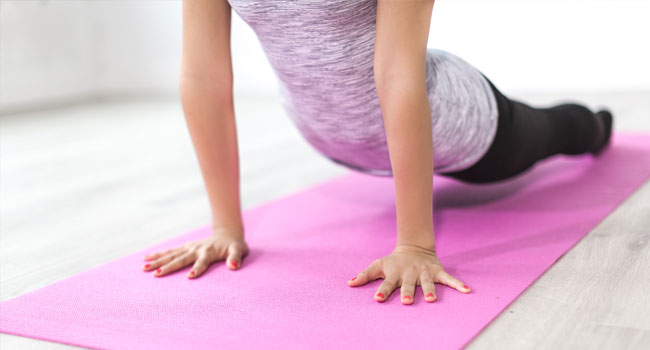
Fibromyalgia: How to Create a Recipe for Relief Based on New Research
April 17, 2018Conquer Your Brain – RSDSA of America
May 9, 2018As pressure to cut back on prescription opioids continues to mount, doctors and patients are feeling the heat. If you have been on long-term opioid therapy and are now being asked to switch to a different pain management method, you may feel concerned and fearful about weaning off opioids.
To better understand why coming off opioids can be such a challenge, consider how our bodies handle opioids. We each have a naturally occurring internal opioid system that not only regulates pain, but also impacts our social interaction, cardiovascular health, metabolism, stress, learning, mood, respiration, digestion, immune function, sexual activity, and reward and addiction. In other words, just about everything that goes on in the body can be impacted by our internal opioid system to some degree. So, when we consider replacing our natural coping mechanisms for things like stress, social bonding, and reward-gratification with prescription painkillers, we start to get a sense of why pulling them away can be such a challenge. On top of dealing with concerns about how to manage the pain, there is also the struggle to regain equilibrium in managing basic life functions.
If you find yourself in a position of needing to reduce or wean off your prescription opioids, I recommend working with your doctors to put together a well-thought-out strategy for long-term success. Based on the latest research, some of my own experience, and the experience of other experts, here are some tips to help you and your physician work toward a successful medication transition:
- Emotional support is a must: Weaning opioids is anxiety-provoking and stressful for almost everyone, so it is important to build your support structure before you start the process. A pain psychologist or counselor can help manage some of those fears and can also help you explore behavioral-based approaches for pain management. Stay connected with your support team throughout the weaning process and have regular scheduled appointments and meetings times already in place.
- Slow and steady wins the race: I had a chance to catch up with Beth Darnall, PhD, a Stanford psychologist and leading pain researcher, to talk about her recently published study in JAMA Internal Medicine on ways to effectively wean opioids. She notes that patients do the best when they are not forced to wean too quickly, but rather approach it voluntarily and at their own pace. In other words, you can expect this to go more smoothly when you are a key part of the decision process. In fact, Dr. Darnall found that for the patients who hung in there, the pain did not get worse based on measurements of pain intensity and pain interference.
- Consider MAT: MAT stands for medication-assisted treatment for opioid dependence, and it combines the use of medications, like buprenorphine, with behavioral therapy. Most experts agree that medication assistance works better for opioid detox than abstinence in cases of significant dependence. In my experience, buprenorphine can be an effective tool as part of a comprehensive treatment plan for the treatment of opioid-dependence coupled with chronic pain. Unfortunately, there is still a lot of pushback from insurance plans in covering medications like buprenorphine despite demand for greater access. Be prepared to be a squeaky wheel!
- Find an acupuncturist: Many of my patients find acupuncture helpful when going through the medication transition process. It can help diminish withdrawal symptoms, quell anxiety, and reduce pain. Auricular acupuncture, which focuses on pressure points around the external ear, is often particularly helpful for detox and can be done easily and safely. Both the World Health Organization and the National Institute of Health have recommended acupuncture as an aid for detox treatment, although well-designed scientific studies to support this still seem to be lacking.
- Have a vision: Most patients that I meet tell me that they don’t want to stay on their medications forever, but they just don’t know what else to do and are afraid to let go. This might be a good time to explore alternative treatments that will align you with the goals that you have for yourself. If you see yourself stuck in a rut but wanting to be more active, more engaged, and happier with life, now is the time to come up with a plan that can actually get you there.
- Dive deeper: Going beyond painkillers is in some ways an opportunity to better understand both your body and your inner self to get to the root underlying causes of the pain. If you have been treating things like tight muscles, stiff joints, stress, and even panic attacks mostly with pills, then you probably haven’t fully addressed some of the core causes of why you hurt, and therefore have missed out on opportunities for recovery. Seek out behavioral health practitioners and movement experts who can help you make this not just a tapering process, but a true healing process!
Becoming an active part of the weaning process can help diminish your fear, anxiety and stress. As legendary basketball coach John Wooden once said, “Things turn out the best for the people who make the best of the way things turn out.”


